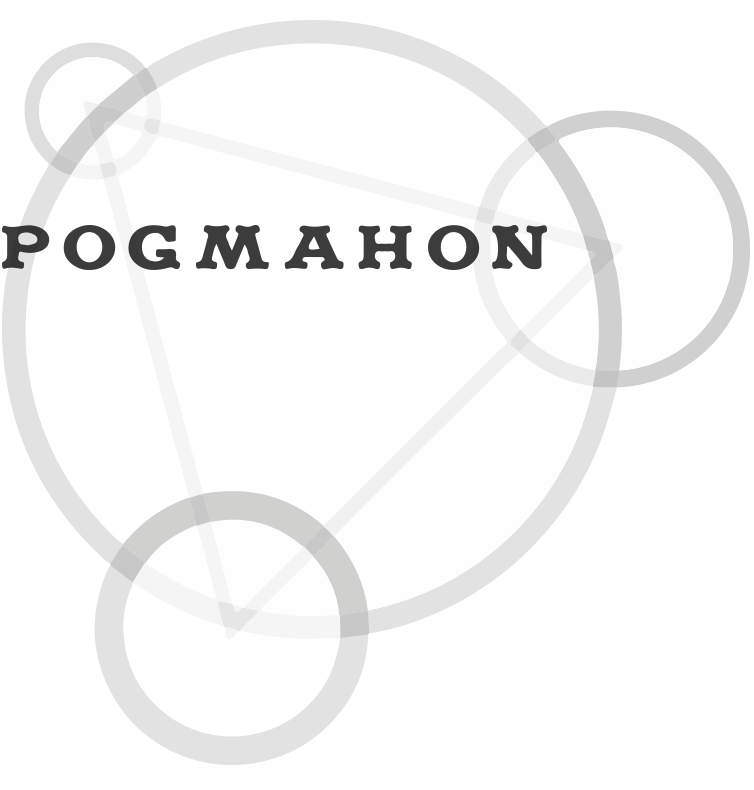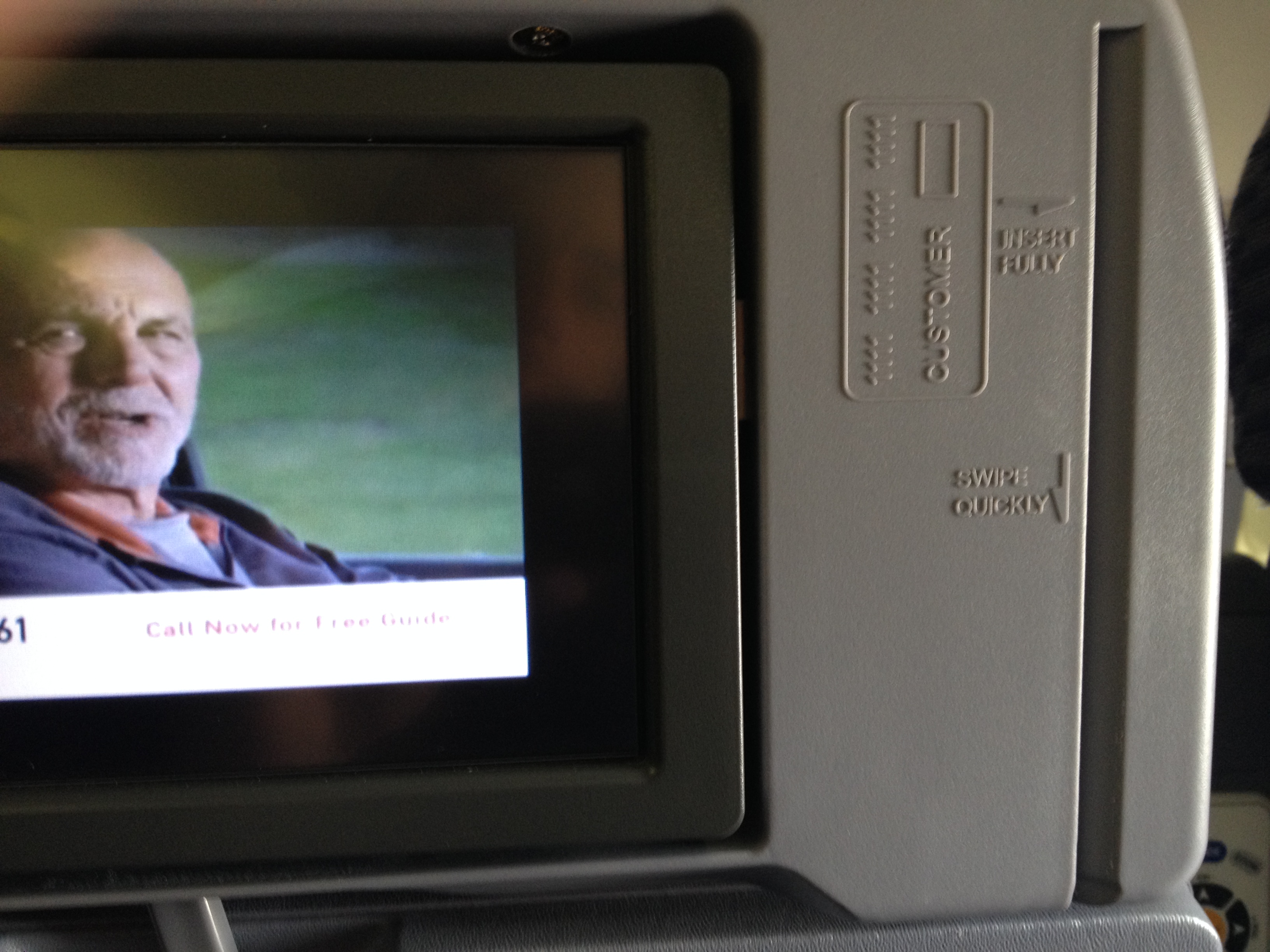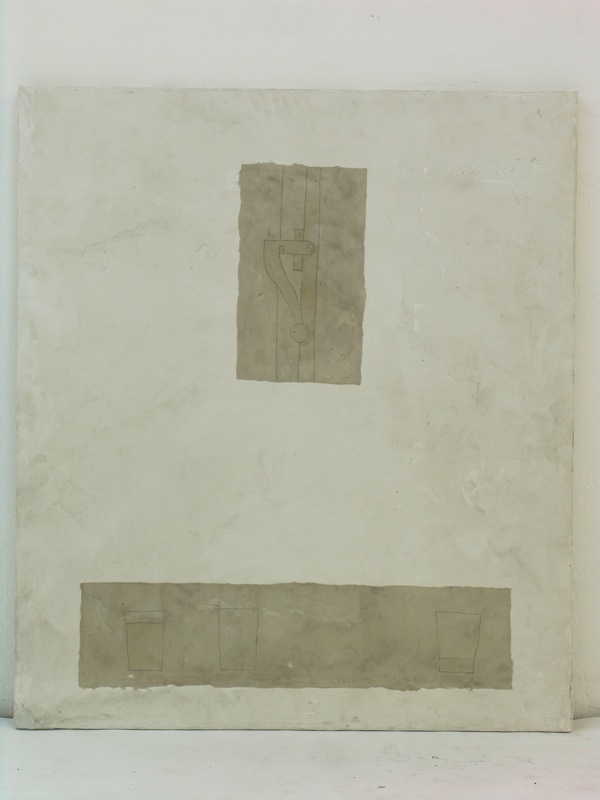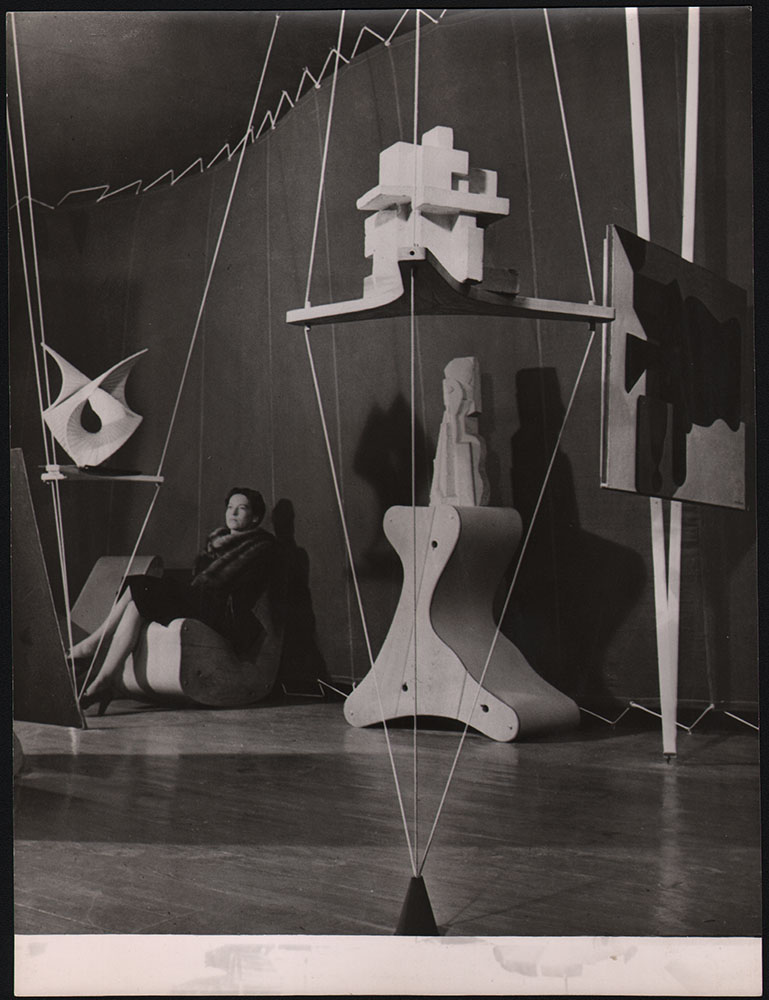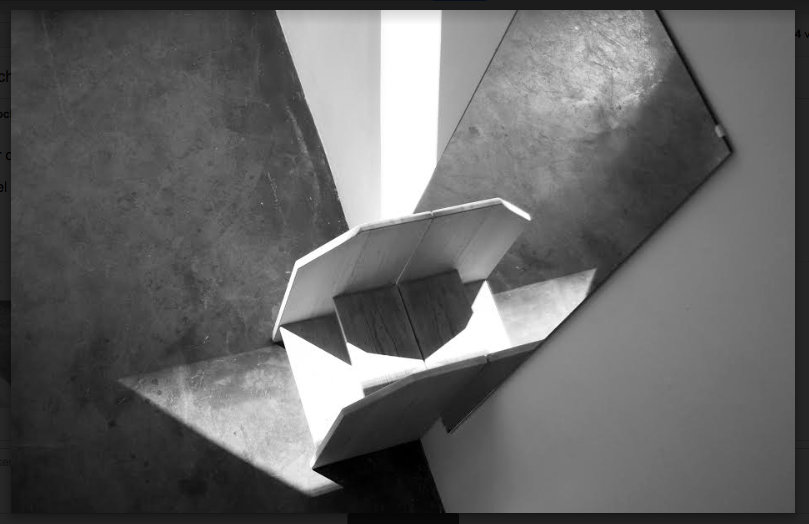Wittgenstein 1918-2018

Travel Exhibition @ WITTGENSTEIN HAUS VIENNA
Read more about Wittgenstein 1918-2018 in Haus Wittgenstein 2018-Wittgenstein-Wien-Katalog-WEB
Vernissage
4. December 2018 7 pm
Alexa Antova plays Skrjabin & Rachmaninow
Parkgasse 18 1030 Vienna
Lecture
6.December.2018 3 pm
The Tractatus Logico-Philosophicus code
A brief summary of our intended presentation by Laurentiu-Virgil SPATARU
Duration
5. – 20.12.2018 & 8. – 9.1. 2019
Artists
Minna Antova ° Žarko Aleksić ° Mandarina Brausewetter ° Ilse Chlan ° Maria Grün ° Iassen Ghiuzelev ° ​Ágnes Hamvas & Hubert Hasler ° Edgar Honetschläger ° Yukika Kudo, Frederick and Lilian Kiesler Foundation ° Oscar Cueto ° Michael Koch ° Svetlana Mircheva ° NOIMA ° Lily Koto Olive & Laurentiu-Virgil SPATARU ° Adelina Popnedeleva ° Illian Savkov ° Franz Wassermann
Curator
Denise Parizek
Co-Curators
Minna Antova ° Oscar Sanchez
Opening Hours
Tuesday to Friday 10 am – 4:30 pm
2018 – EU Council presidency Bulgaria – Austria
1918 – Finalization of Traktatus Logico Philosophicus – Ludwig Wittgenstein
1928 – Margarethe Stonborough-Wittgenstein moves into Wittgenstein Haus
1975 – Sale to Bulgaria
2018 – WITTGENSTEIN internationale Reiseausstellung im Wittgenstein Haus
2018 – Cooperation Bulgarian Cultural Institute, Bulgarian Union of Fine Artists, International Artists and Philosophers
WITTGENSTEIN The curatorial premise focuses on the multi-layered language-based investigations of Ludwig Wittgenstein but more specifically on how his ideas in the 21st-century are interpreted by mixed media visual artists.
WITTGENSTEIN proposes a combination of new media art works, interventions and performances, installations and new genre works that mirror Wittgenstein´s skills as a philosopher, architect, designer, lover of fine arts and aural experience.
WITTGENSTEIN is a modular travel exhibition.
The display of the exhibition is just as variable as the participating curators, artists and their works of art. The destinations can be extended. In 1918 Tractatus-Logico-Philosophicus was completed by Ludwig Wittgesntein and its first publication was in 1921. Denise Parizek initiated with international curators Minna Antova, Oscar Sanchez, the travel exhibition „WITTGENSTEIN“ for this centenary. ¨The curatorial approach is to break boundaries in thinking and geographical nature as well as limits of the genres of the visual arts. Parallel to Wittgenstein‘s all-round genius, which ranged from architecture, art, music up to philosophy. The curatorial and artistic approaches of the exhibition is the interpretation and transformation of ideas, thoughts, visions of artists from Bulgaria, Mexico, Austria, US, Japan and Romania in all these countries.¨ In any case, the goal is to return to the themes that make up Wittgenstein‘s philosophy to discuss his point of view and to connect his thesis with the 21st century.
Curatorial text pdf by Denise Parizek 2018
Funding sources
BKA Kunst ° Wien Kultur ° Stadtteil Kultur 1030 Wien
Cooperation Partners
HAUS WITTGENSTEIN, BULGARISCHES KULTURINSTITUT ° UNION OF BULGARIAN ARTISTS °
WITTMANN ° Österreichische Friedrich und Lillian Kiesler-Privatstiftung
WITTGENSTEIN 1918-2018 Vienna
Pictures of the Exhibition
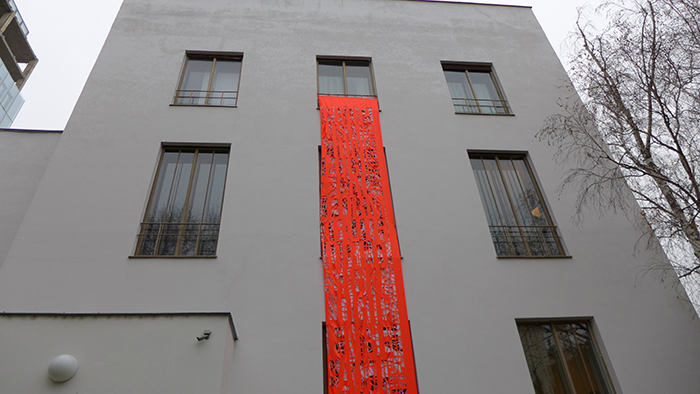
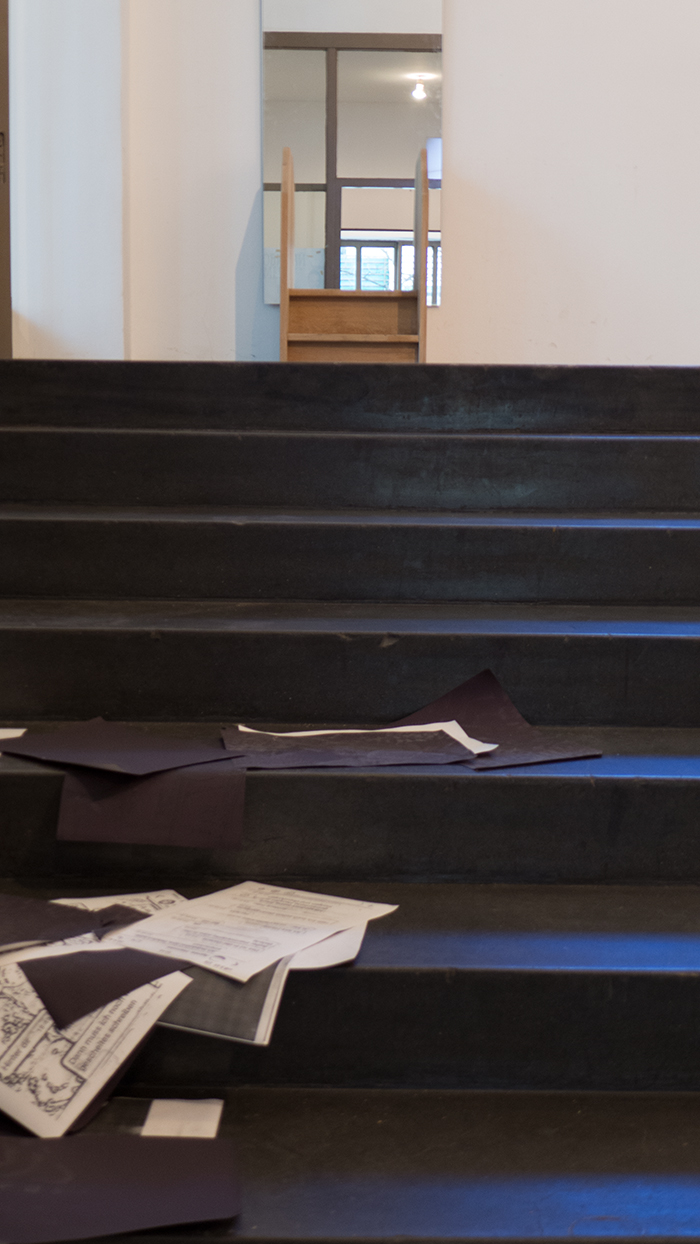
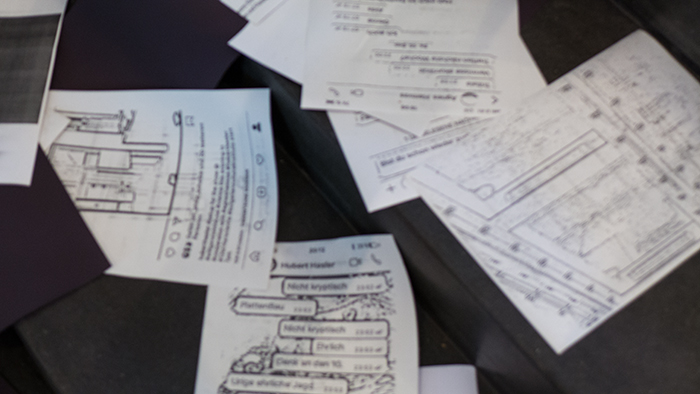
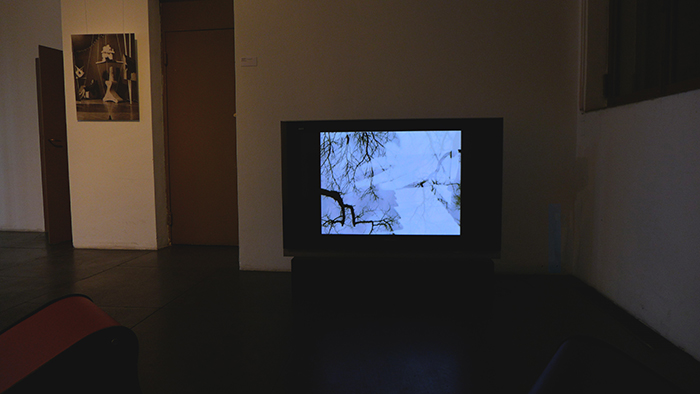
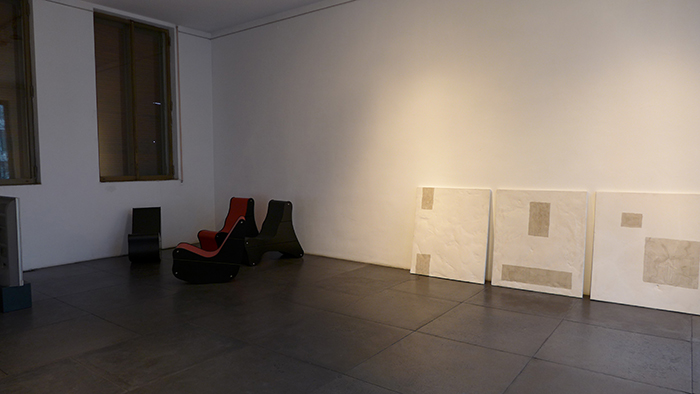
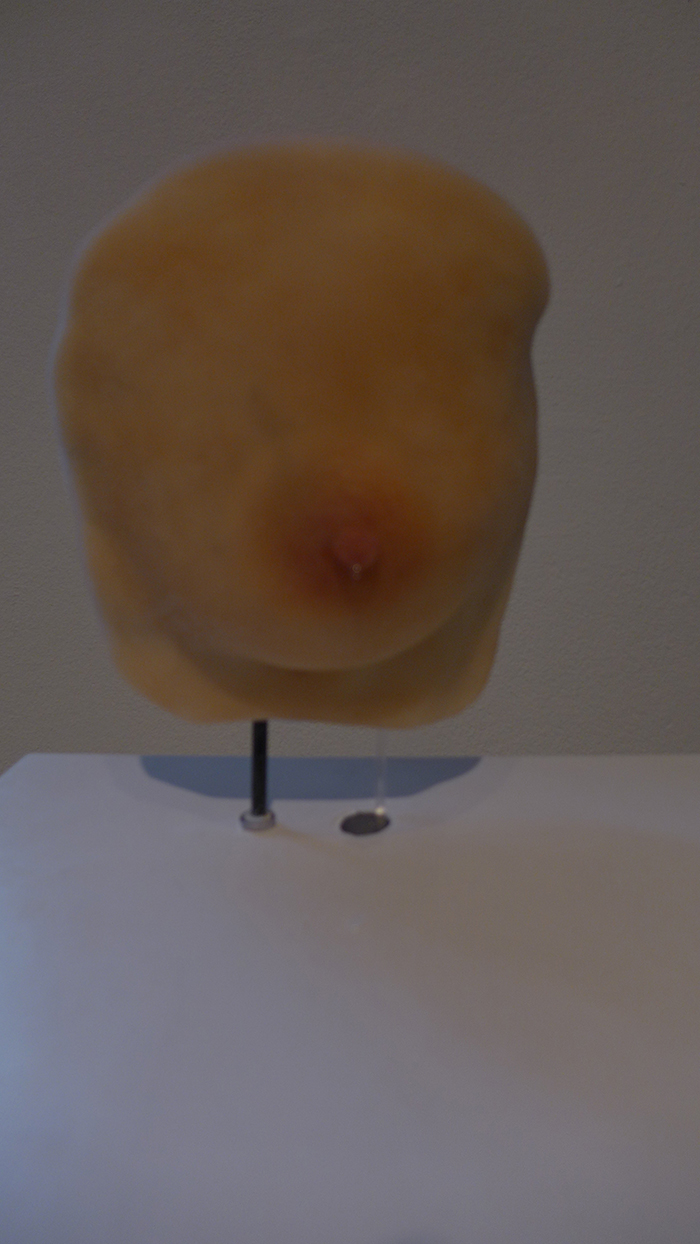
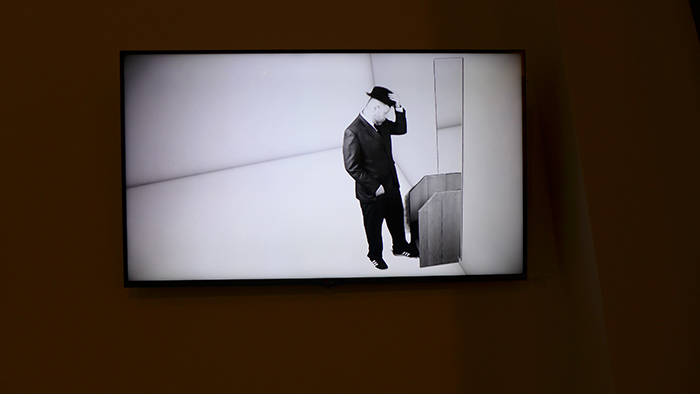
.jpg)
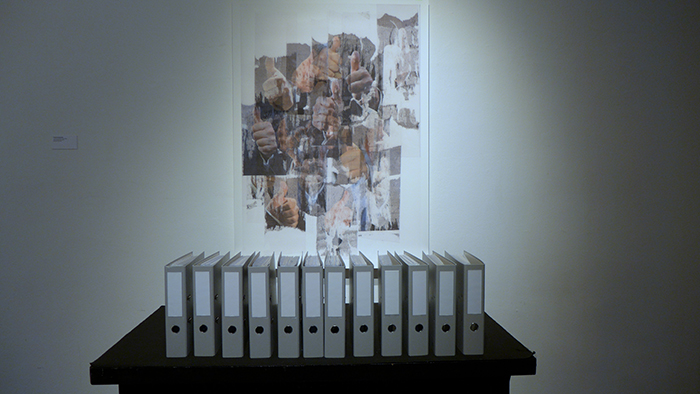
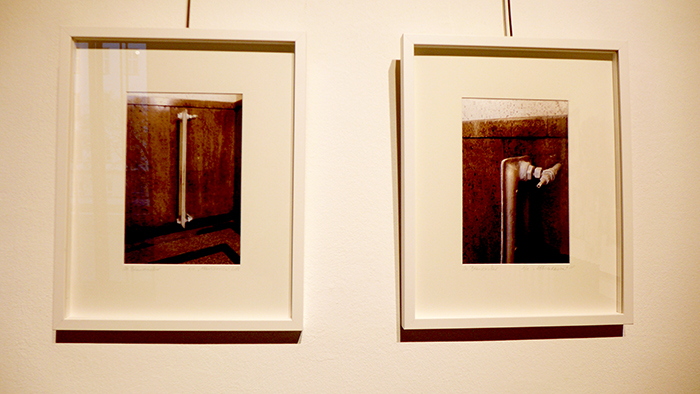
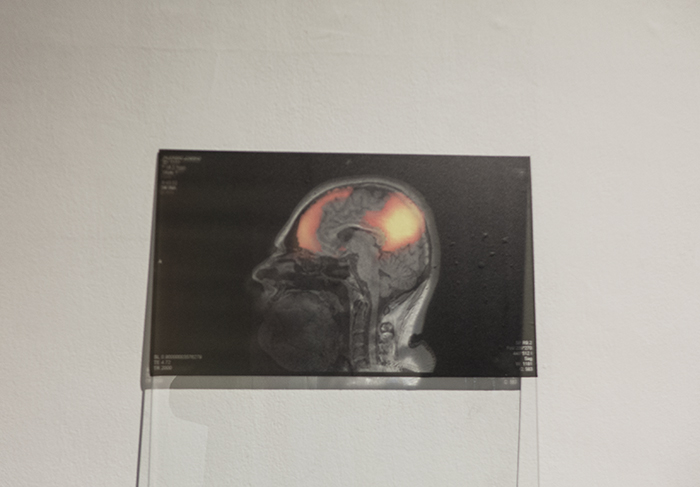
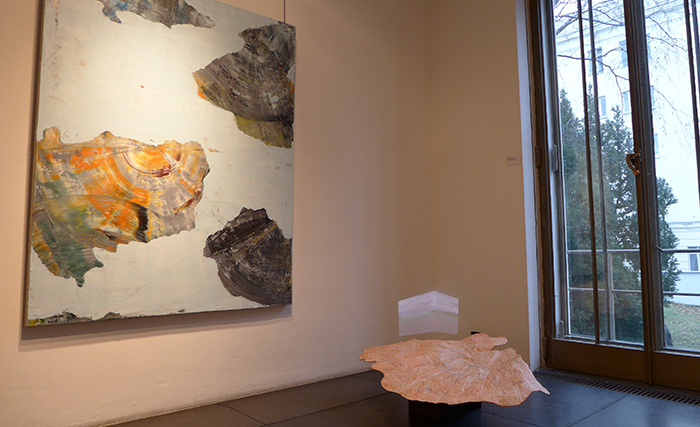
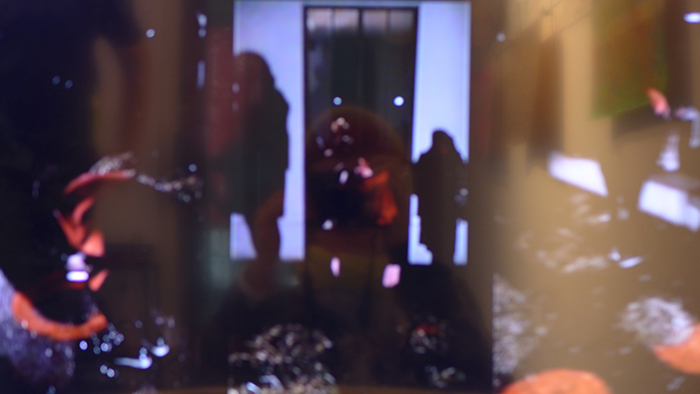
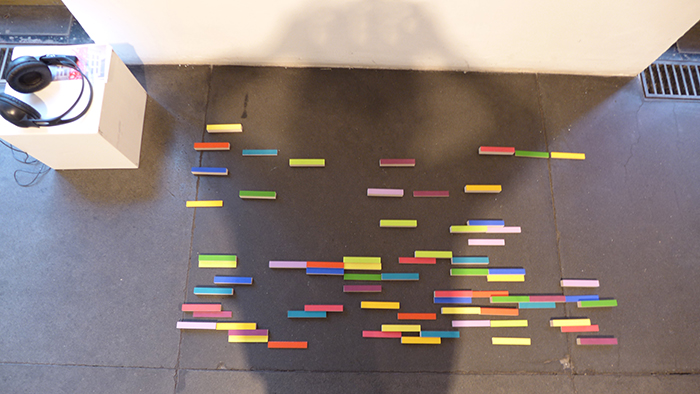
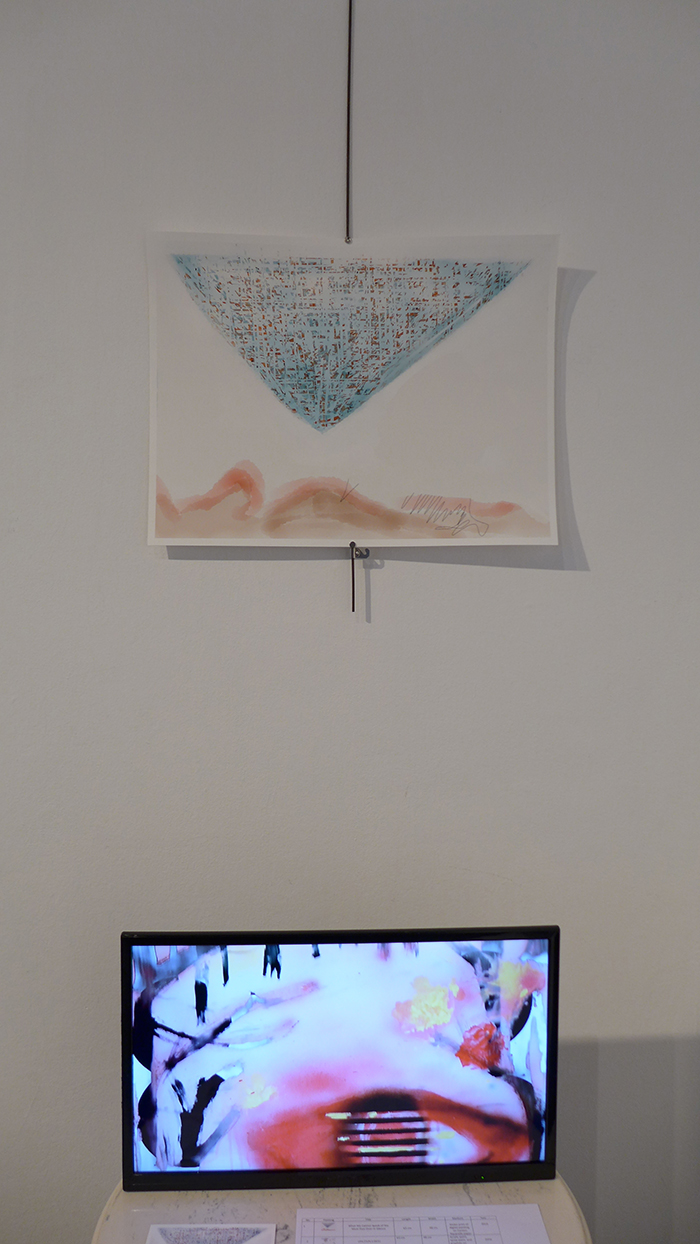
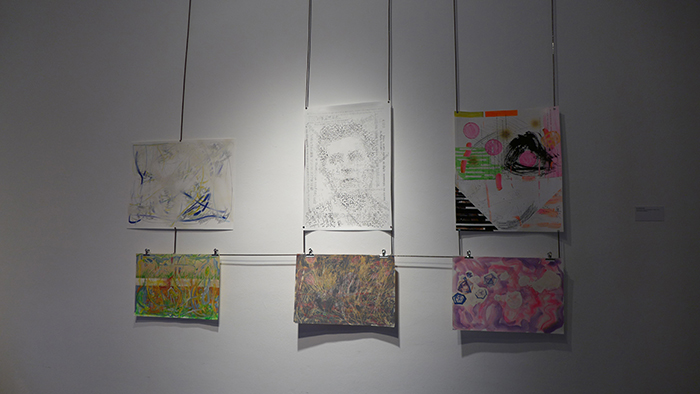
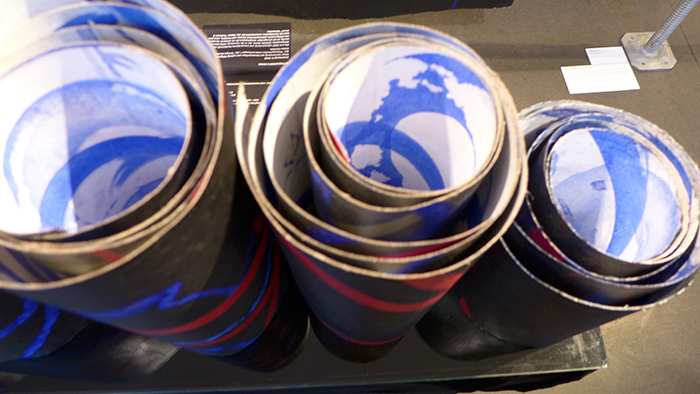
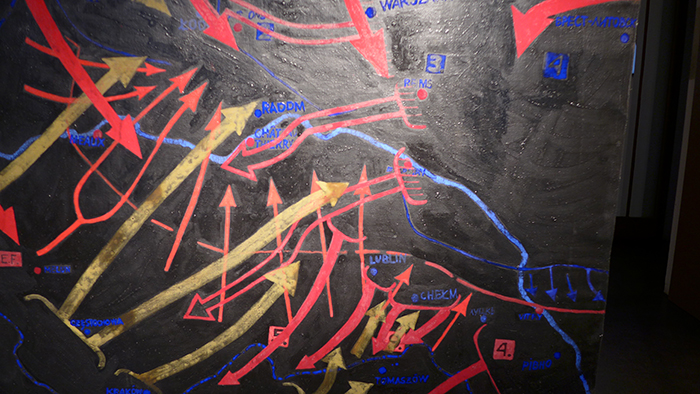
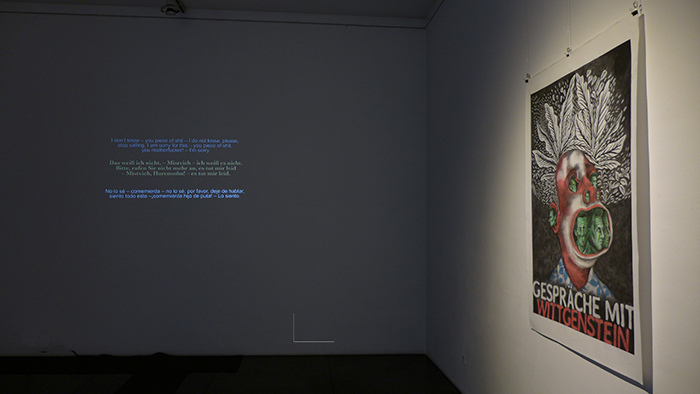
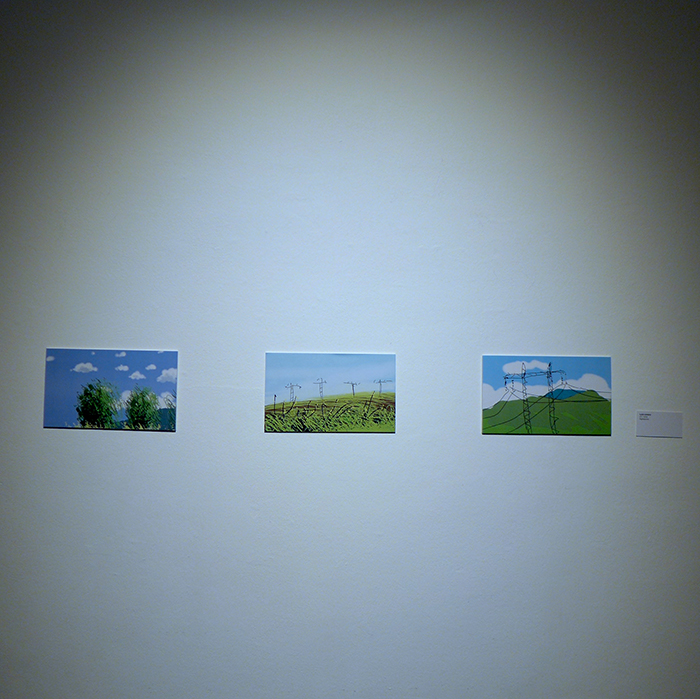
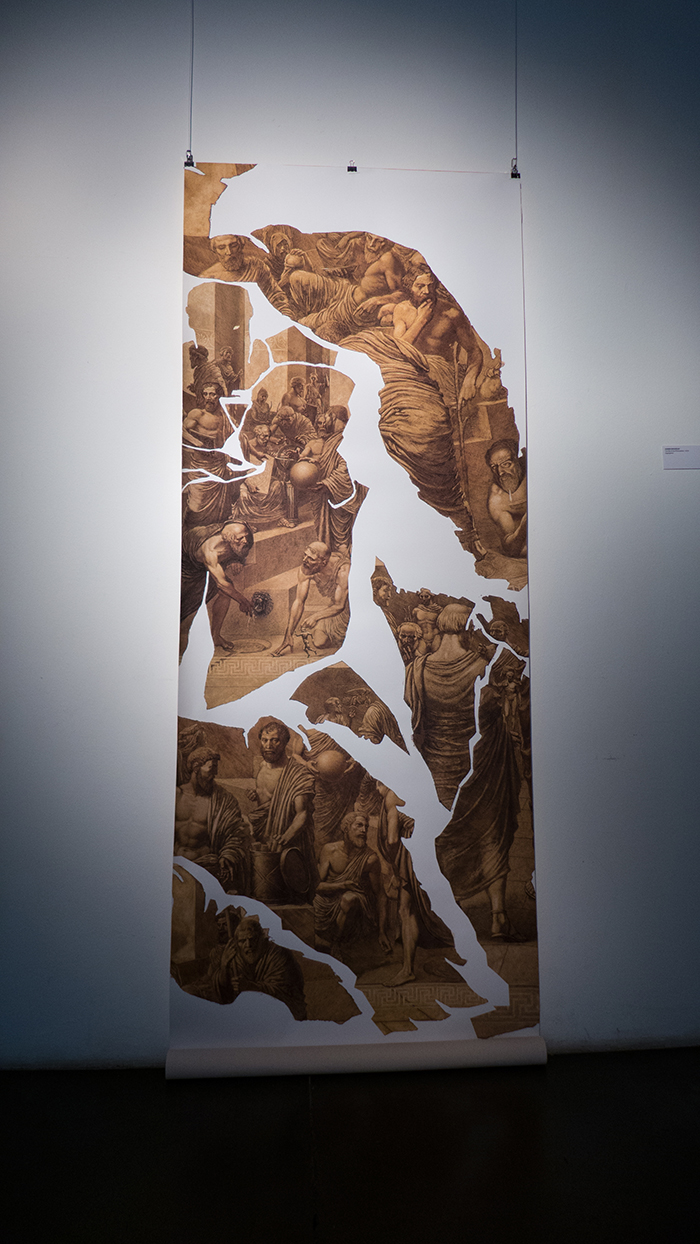
Photocredits Mute Insurgent 2018
ARTISTS
ŽARKO ALEKIć
I DON‘T KNOW WHAT TO THINK
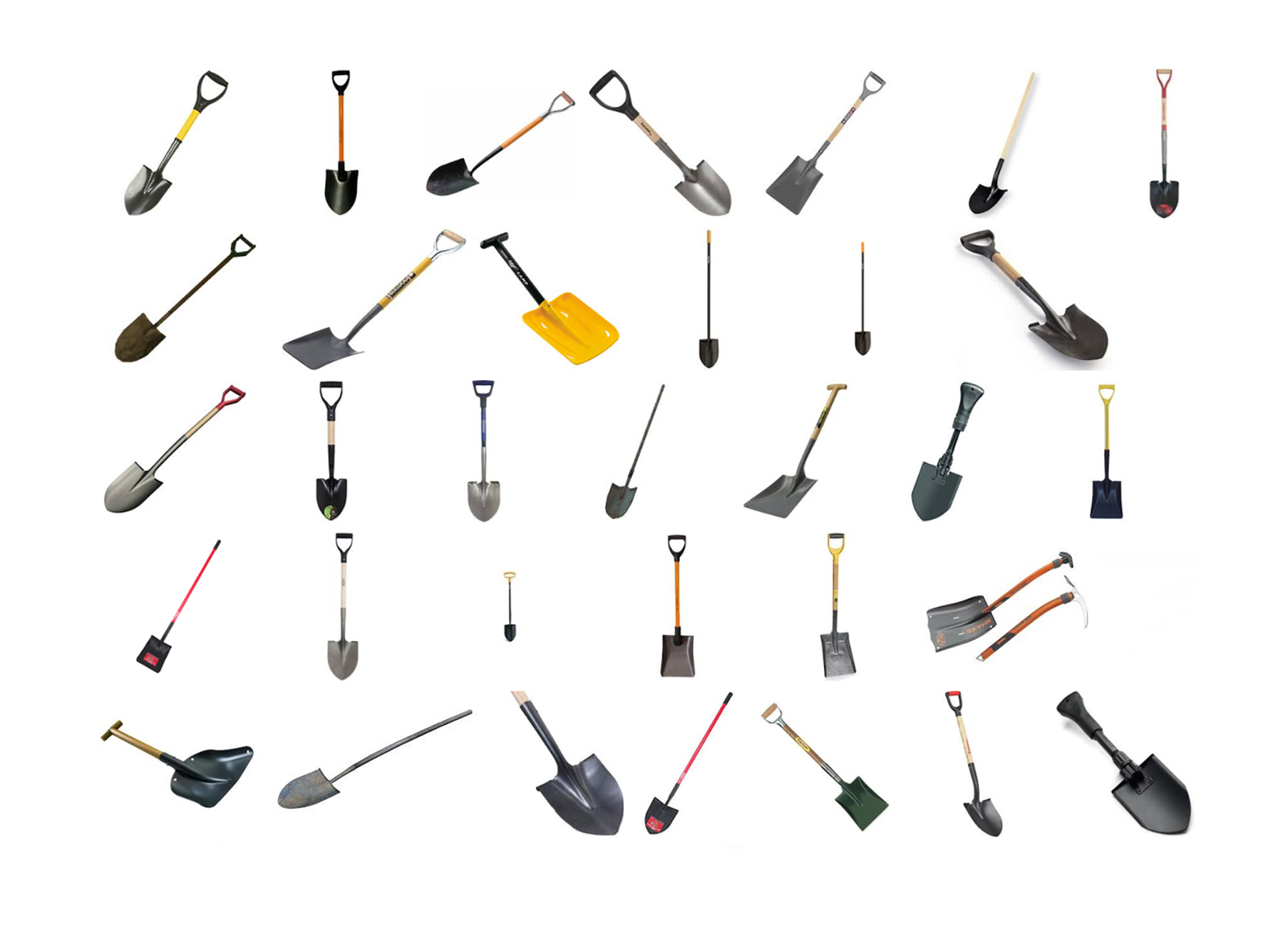
transparent fMRI print on glass, 160 x 42 cm, 2018.
„I don‘t know what to think“ is an installation that deals with the discrepancy between transparency and obscurity, and impossibility that artwork could be expressible or that it could convey the mea-ning to the viewer outside of the scull of the artist. It starts with the direct reference to the Mel Ramsden‘s work „Secret painting“ where the content of the work is known only to the artist himself. The piece shows certain activation patters of my brain while I was thinking The Piece for this exhibition (done in fMRI scanner during my long term project Brain Pictures that deals with the relation bet-ween imagination and perception) but since the code is unknown to the viewer he/she cannot know what is the content of the work and the work stays in the domain of private thoughts.
MINNA ANTOVA
WITTGENSTEIN´S ROOM / 2018
multi-part installation
Pigments on canvas, painted on both sides
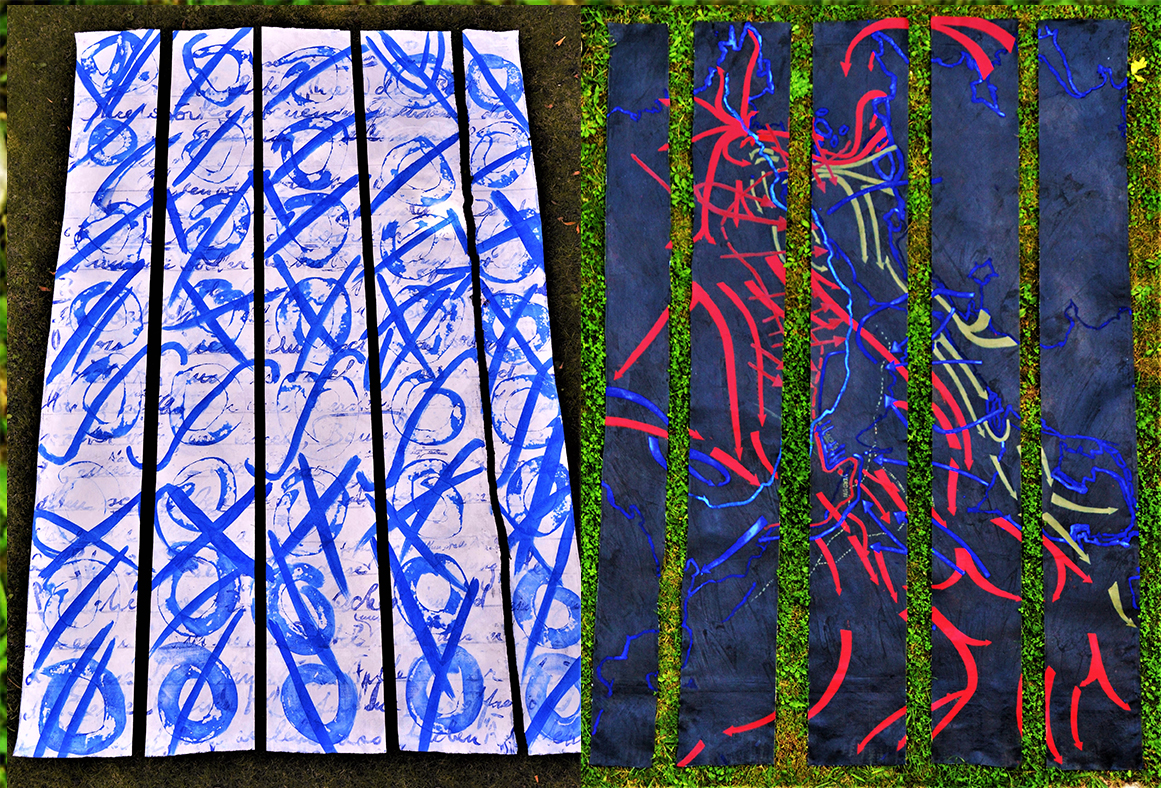
“I could choose as the motto of my book: A fool can ask more than ten ways to answer.” Ludwig Wittgenstein
Minna Antova´s multi-part installation WITTGENSTEIN´S Room is a Pampliset composed of history and maps.
The term Pampliset refers metaphorically to Wittgenstein’s work in the context of contemporary history, as well as to the material approach of the artist. The manuscripts and plans were worked on in a lengthy, liquid process of giving and taking, the layering of coulors, with full physical commitment.
The use of classic materials results in a slower temporal dimension and a special depth. The artist is directly involved in the work of the philosopher, which enables a physical experience by the recipient too.
Antova’s mental approach started at Wittgenstein´s contradictions in the pursuit of infinite expanse of (thought) space and the rigidity of the imposed orders/boundaries that reduce the space to a point. Visualizing this idea and implementing a haptic objective for the audience is Antova´s goal. She tried to translate two-dimensional movement patterns of troops into a 3-dimensional object. The canvas webs are processed twice. The canvas strips are multi-layered, both in material order and content.
On the obverse side excerpts of Wittgenstein’s notes superimposed on the squiggles, quotes from patterns from the Kringel Book by Ludwig Wittgenstein. The reverse follows the military units of the First World War, maps of Europe on which the troop movements were drawn in, following the footsteps of Ludwig Wittgenstein. The work of Minna Antova is Janus-headed and superimposed, the long intellectual engagement with the work of this philosopher has flowed into the scrolls in a discursive way. The artistic exploration of the Kringelbuch was initiated by Minna Antova with this work.
MANDARINA BRAUSEWETTER
ABBONDANZA, 2018

The love of detail Wittgenstein is the starting point of the photographic work of Mandarina Brausewetter. On the one hand, the work is a reference to the ubiquitous design of the house Wittgenstein, on the other hand, the photo is an allusion to the social predicament in Bulgaria. Many people have removed their radiators in recent years because they could not afford the costs anymore. A one-rib heating bill has the illusion of warmth without total impoverishment.
Abandonment played a major role in Wittgenstein’s life and a challenge for a bourgeois heir. Ludwig Wittgenstein preferred the simplicity of burgundy life. Nevertheless, it was important for him throughout his life to have a financial reason for securing emergencies.
Mandarina Brausewetter was one of the first female sprayers in Vienna to spread stencil graffiti in public spaces. After training in classical painting and industrial design, the Sofia-born artist worked primarily as an illustrator for various magazines, record covers, posters and flyers, as well as in various artistic media, including video, performance, painting, ceramics and stage design.
Stylistically, her works were often compared or confused with the British artist Banksy, with whom she exhibited together in Vienna in 2005 and 2006. In the first years, she reacted to the perceived suffering and the powerlessness of individuals in war situations such as in ex-Yugoslavia or in the Iraq war with political-social statements. She often works with ambiguous images and text messages, which she combines in a cynical and critical way. For this exhibition she is changing the genre, but not the social critical and political impact, a melange with a high standard of beauty and design.
ILSE CHLAN
www.chlan.at
Zweimal in den gleichen Fluss steigen! Untersuchungen über die Zeit
(Familienähnlichkeiten II)

family resemblances work in progress
Installation, Painting, Sculpture, Video
Wittgenstein introduced the concept of „family resemblances“ , to collect certain categories of things which are beyond a taxonomic classification . Beside a hierarchical classification of broader and narrower terms one could see between concepts common traits and relationships. Thereby the recipient will get a different order and perception than usual. Peculiarities are visible which are not observed in a hierarchical classification.
OSCAR CUETO Wittgenstein meets Perez
www.oscarcueto.com
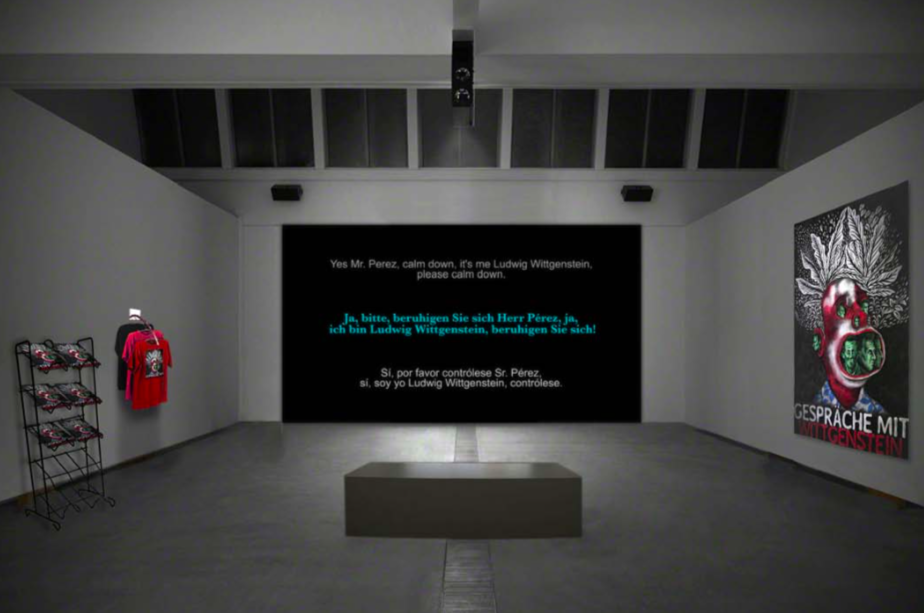
Born in Mexico City, 1976. Lives and works in Austria.
It will be a two personage performance. Wittgenstein is calling Perez, a man with Tourette Syndrom. The talk without any sense is related to the conflict between center and periphery. The performance will be a collaboration between Vienna Wittgenstein Haus and Bikini Wax, an artist run space in Mexico.
Conversations with Wittgenstein is an installation consisting of a short film, poster, T-Shirts and Music Cassettes that work as promotional items. The film is an Aria in 5 acts. Each act is a telephone conversation between Wittgenstein (the Austrian philosopher) and Perez (a man with Tourette Syndrome).
What is interesting about a self-denying artist? Who actively refuses to play a certain game, or does so with a naïve burst here and there? Cueto´s artwork is a part of the current debate regarding artists who are attempting to address a larger issue of how money and the value of the art commodity is driving the art world, but I am not sure that any artist has been able to address critically and simply this issue as Cueto has, especially an artist from Mexico. He has been able to develop a body of work that is extremely self-critical with critiques of the art world and market that do critique his own role as an artist. Cueto is able to involve the public, in a way dumb it down, to comically and interestedly open this international phenomenon of a money-driven art market and the resulting fame and fortune.
Cueto is still a young artist who has the potential to hone his craft, and to grow, but will fame escape him? Perhaps, never the less, this is a refreshingly honest body of work that does not lose its self in scholarly pursuits but is inviting, entertaining and pointedly questions a status quo. Cueto‘s vision challenges his audience to distance themselves from the seriousness within the confines of history, knowledge and art practice thus becoming aware of their dependency on traditional ways of perception.
MARIA GRÜN
„Mollusk“
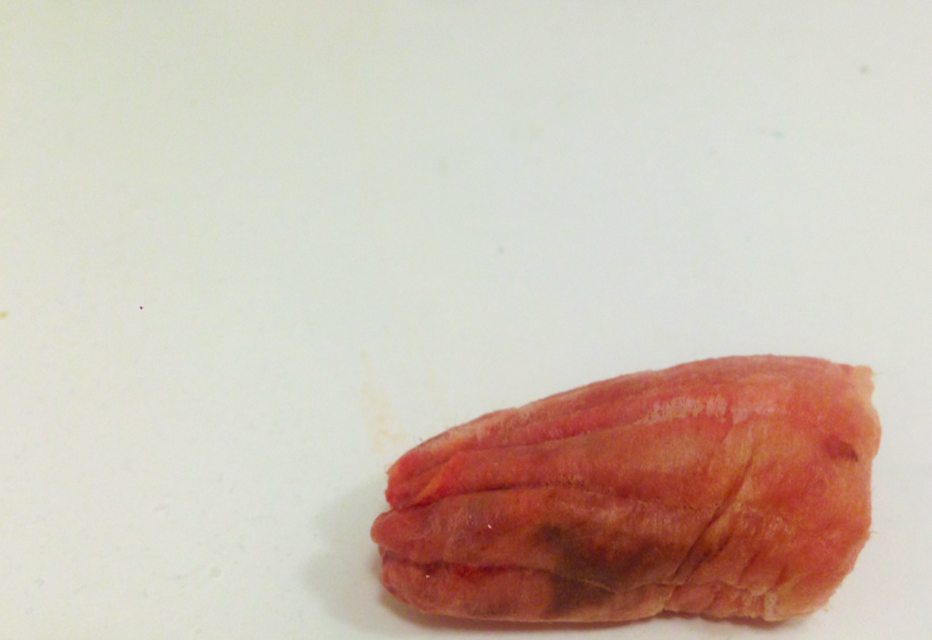
16×11 300 dpi.
The process of alienation and dealing with the abject is inscribed in my works:
„Neither subject nor object. There looms within abjection, one of those violent, dark revolts of beeing, directed against a threat that seems to emanate from an exorbitant outside or inside, ejected beyond the scope of the possible, the tolerable, the thinkable. It lies there quite close, but it cannot be assimilated…“
„The philosopher and psychoanalyst Julia Kristeva defined the abject as something“ rejected, which one can not escape, from which you can not immediately protect an object …The rejection is something abstract and indefinable.“
In my work, the abjection is found in the representation of the fragmented body and in the interior of the body transferred to the outside. The objects speak of their own inner being, which at the same time could also be called the Other, because on the one hand it is in absolute close relation to ourselves and yet remains entirely abstract. It is an unconscious part of our self that becomes „real“ and perceptible only through dyfunctional processes – pain, physical failures, malfunctions … The abject is found in the dysfunctional of the body, which wants to be ignored because it is connected with the ominous. Because blood, body fluids, body exudates, … and their presence outside the body speak of impurity, danger, threat, death.
Iassen Ghiuzelev
www.iassen.com

His approach to Wittgenstein is a mixture between visualization of humorous interpretations and the combination of images and words. Where is the border where words are not longer able to explain thoughts and were thoughts can only be said with images.
“It is worth noting that Wittgenstein once said that a serious and good philosophical work could be written that would consist entirely of jokes (without being facetious).” Norman Malcolm, Ludwig Wittgenstein: A Memoir
The above passage is rather ambiguous – does it mean that Wittgenstein said such a thing in a nonfacetious tone, or would the work he is proposing be nonfacetious? (An uncharitable soul might say that Wittgenstein succeeded in writing such a book – Philosophical Investigations.) Such are the types of linguistic analyses which philosophers are prone to engage in, which is no doubt why the profession is often seen as being humorless in the extreme.
Must philosophers be unfacetious? Can one tell a joke without having to also examine what it means? In a recent book Ted Cohen, a noted philosopher from the University of Chicago, ably demonstrates that it’s possible to appreciate a funny anecdote on its own terms, while also exploring the complicated set of conditions that must be met for it to elicit laughs.
ÀGNES HAMVAS & HUBERT HASLER
www.huberthasler.de
„was gezeigt werden kann, kann nicht gesagt werden“ auf dieses Zitat von Wittgenstein reagiert die neue Zusammenarbeit von Àgnes Hamvas und Hubert Hasler und wirft die Frage auf ob sich die Einstellung von Wittgenstein zu Sprache und Bild ändern würde wie die gegenwärtige Gesellschaft mit Bildern und Text umgehet, ermöglicht eine 100 prozentige Visualisierung auch eine bessere Kommunikation?
Hamvas und Haslers Arbeit basiert auf einen nächtlichen digitalen Gedankenaustausch. Die beiden Künstler Visualisieren eine fortlaufende Kommunikation, diese wird als Performance bei der Eröffnung und der Dauer der Ausstellung weitergedacht und mittels eines Faxgerätes dem Betrachter offenbart. Dieses Faxgerät wird mit den Mobiltelefonen der beiden Künstler verknüpft sein, und bei jeder Übertragung einer Nachricht sogleich diese ausdrucken, eine passive Beteiligung dieser Zweisprache wird dem Betrachter ermöglicht und stellt auch die Fragen einer unkontrollierten Gesellschaftsüberwachung in den Raum.
Die inhaltliche Kultivierung des Geschriebenen, Gedankenzunamis, alltägliche Banalität, Gefasel von Nichtigkeiten, emotionale Draufgaben des gedachten Seins und Bildnachrichten sind zusammengefasst inhaltliche Anhaltspunkte, greifen die Kommunikation unserer Gesellschaft auf bzw. stellt die Veränderung der Sprache und des Geschriebenen durch Kurznachrichten dar.
-hicks, sehen wir uns morgen auf kauklai/kaffee
-ja, sehr gerne
-wann passt es dir?
-bitte nicht zu früh
-11h
-bist du saufen
-ja
-nein
-wo
-sowieso
-egal
-eh
-aber
-(lachende emotis)
-eine tolle unterhaltung
-warum
-deswegen
-und wo?
-ah
-genau
-ja
-genau
-um11
-(bild)irgendwo dort?
-oder dort
-ja
-klingt gut
-aber nicht in der kirche
-(bild)
-ok vorm bäcker
-bäcker?
-ah kakau/kaffee
-ist das gleich neben dem anzelgrubef
-rrrr
-bäcker klingt gut aber es gibt so viele
-ach
–ja
-aida
-wo?
USW…..
EDGAR HONETSCHLÄGER
www.honetschlaeger.com
1989 I moved from Vienna to NYC. I shared an apartment with James Goldwasser and Karin Sander in Brooklyn and there I came about a book about ‘Wittgenstein’s House’. It focussed on the process of planning and Ludwig’s manic precision – which lead me to read him. At my next visit to Vienna I went to see the house. On my stroll through it I discovered a small square of Stucco Lustro (a method to cover walls by means of gypsum and wax which let’s the surface appear like marble). Eventually I realised that the new owners had overpainted the exquisite plaster-cast thoroughly except a tiny square serving as a reference to the original Stucco. I decided to do a show at the house and invited Elisabeth Plank to join me. 1990 we turned out to be the first Western artists to show at the W’s house since the Bulgarian embassy had acquired for cultural use. By doing so they had saved the house from destruction!
I went down to Venice to learn the ancient technique of Stucco Lustro, then I cast gypsum in flat 100x100cm squares. With a pencil I drew both a detail of Wittgenstein’s design and an everyday gadget the Wittgenstein’s might have used on the plaster’s surface and then I covered the depiction with wax square, like the original left in W’s salon. The plaster-plates, leaned against Ludwig’s walls, were meant to corresponded with Ludwig, a dialogue between a philosopher gone architect and and young aspiring artist who admired him deeply. The gypsum- plates evoked a dialogue with the past, both in terms of W’s architecture and my standing in the world. But also as in what had happened to W’s family during fascism and me – luckily born long after WWII – who discovered the master’s mind not in VIENNA, but at a jewish friend’s house in NYC.
In my first feature Film MILK 1997 I had four Japanese businessmen quote Ludwig Wittgenstein in German on their morning subway ride: “Dass die Welt meine Welt ist zeigt sich darin, dass die Grenzen der Sprache, die Grenzen meiner Welt bedeuten.” (the limits of my language mean the limits of my world). A sentence that became programmatic for my work, yet I have always tried to go beyond those borders.
Edgar Honetschläger is an artist, screen writer and film director who spent six years in the USA, twelve years in Japan, five years in Italy and one in Brasil. Currently he is living in Rome and Vienna.
FREDERICK KIESLER CORREALISTIC ROCKER
www.kiesler.org
American, born Austria-Hungary.
1890–1965
Throughout his career, Frederick Kiesler worked across mediums. He believed that “sculpture, painting, architecture should not be used as wedges to split our experience of art and life; they are here to link, to correlate, to bind dream and reality.”1 After studying painting and printmaking in Vienna in the early 1900s, he became known in Europe for his inventive stage designs, featuring mirrors and projections. In the course of working on these projects,he met and at times collaborated with artists such as El Lissitzky and László Moholy-Nagy. In 1923, Dutch artist Theo van Doesburg invited him to join de Stijl, making him the group’s youngest member. FREDERICK J. KIESLER CORREALISTC ROCKER
Primitive man know no separate worlds of vision and of fact. He knew one world in which both were continually present within in the pattern of every-day experience. And when he carved and painted the walls of his cave or the side of a cliff, no frames or borders cut off that flowed around his animals, his demons and himself.
NOTE on Defining the Gallery by Frederick J. Kiesler
Referenzbild 2 (PHO_364_0): Abstract Gallery, Art of This Century Gallery, New York 1942, Foto: K.W. Hermann
Maße der Repro: 61 x 76 cm
MICHAEL KOCH
http://12-14.org/artist-michael-koch/
WITTGENSTEIN´S LADDER 2018
Michael Koch‘s intervention „Wittgensteins´s Ladder“ is the Sliding Door, the entrance into a different dimension. The visitor is given the opportunity to slide into another dimension.
The staircase leads into the (apparent) infinity.
As an analogy to the light tunnel, which symbolizes the transition of life to death, the artist shows us eternity. The reference to Wittgensteins Metapher of climbing up a ladder is comparable with reading Tractatus Logico Philosophicus is obvious.
The absurdity of life is presented in an endless loop.
The podium into another world does not conceal either reality or ideal, but shows human in his permanent endeavor to master life, to rise up the ladder of Jacob.
(×¡Ö»×œÖ¸Ö¼× sullÄm, ladder in Hebrew, also means stair.)
Yukika Kudo
On Certainty 467 / Über Gewißheit 467 / 確実性ã®å•é¡Œ 467
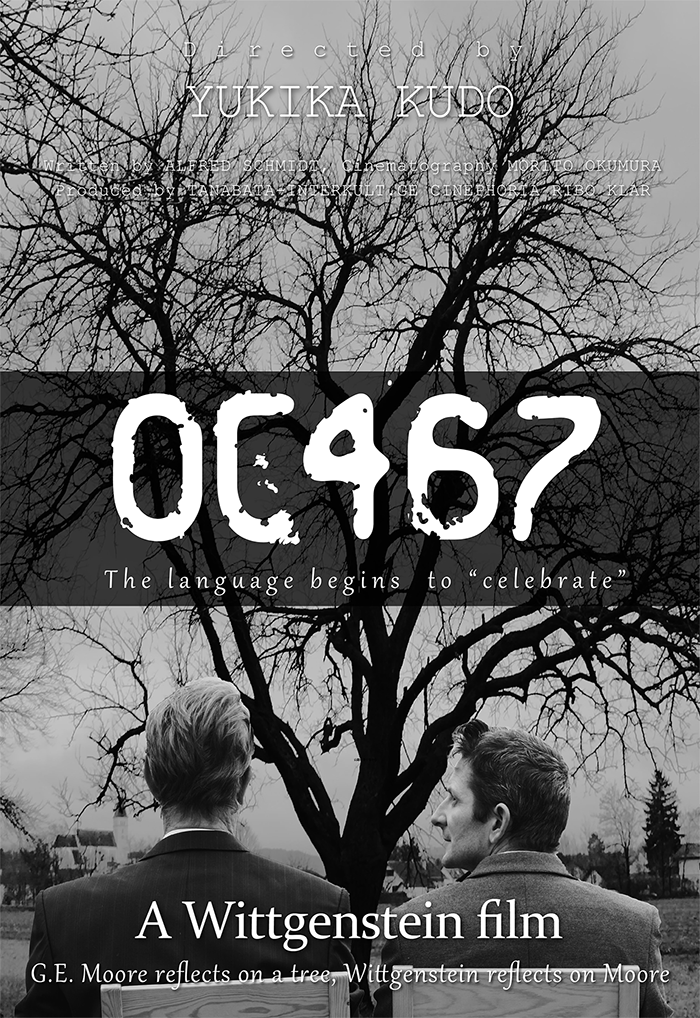
Ein Wittgenstein-Film
G.E. Moore reflektiert über einen Baum. Wittgenstein reflektiert über Moore.
G.E. Moore reflecting on a Tree. Wittgenstein reflecting on G.E. Moore.
Text: Alfred Schmid
Yukika Kudo – Regisseur, Produzentin und Schauspielerin von acht Spielfilmen und sechs Kurzfilmen
Director Yukika Kudo is filmmaker, producer and actress behind eight feature films and six short films.
SVETLANA MIRCHEVA
www.svetlanamircheva.com
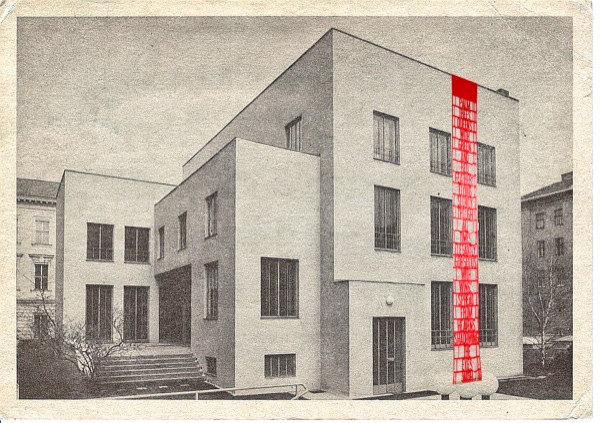
Svetlana Mircheva’s works are based upon chance meetings with things and words. Between rebus and cosmic constellations, she twists slogans and computer explorations. Her main interest is in the grey zones between reality and imagination. Imaginary narratives play an important role throughout Mircheva’s work. She uses often randomness, serendipity and blind date as a be- ginning in her works. Mircheva questions our trust in the accuracy, clarity, and reality of our perceptions of the world that are formed by contemporary digital culture.
Vienna soundscapes, recorded with a microphone, translated in images, composed back in music. Vienna seen and heard as grass near water, bird at the city end, hippo roaring, train departing. Translated first into light objects in the space, sounds go back to the earphones, put in rythm.
Facing the shining parallels, the viewer is free to imagine the city with his eyes and ears open.
How does a sound look like? There arises the idea that the sound may take shape, be translated into the language of images, and speak back to us. What sound can shake me up? There comes the thought of the emotion of sound, sound can send imagination far away, carry it away, dissolve it. Can form be translated into music? Simple shapes can create rhythm, pulsation, and bright colors give a sensation of tone. And where else would sound form be located, if not in the air?
What are the actions in art? What do we do as we make art or talk about art?
Linguistic research developed into poetic compositions-objects. Linking visual art with poetry, music and action. Built by „naked“ verbs, the 7 compositions embody art-related actions words in the space. Movement is continuous, from text to image, from image to text, from sound to letter, from art to action, from action to art.
NOIMA Group
www.noima.ro
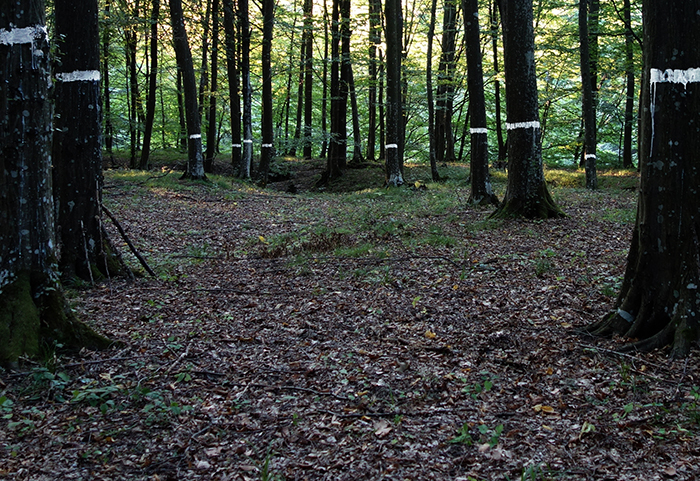
The group was founded in 2003 in Western Romania. At present, The NOIMA Group has the following active members: Sorin Scurtulescu, Andrei Rosetti, Ciprian Bodea, Cosmin Fruntes Dan Gherman.
In 2014 Noima decided to be not only a dialogue space between individual projects, but a visual environment, in which semiotic practices – actions – games may occur. From time to time, Noima becomes, more or less, an open „form of life“ (term used by Wittgenstein in On Certainty, 1969).
Figuring the group as an organism, a living system and playing with the words life form – form of life, Noima artists are sometimes talking about the big (collective) eye, the tactile whiskers… in performative dialogues with the surrounding space, with the world. Drawing, painting, sharing visual experiences, changing perspectives and approaches, following game-moves and often a particular grammar, searching for collective visual perspectives in different contexts; language games like 360o sessions, Bringing Light, Wind Light Air, Horizons, dLIGHT clearly shows Noima recent actionism in the light of Wittgenstein‘s late ideas on language.
ADELINA POPNEDEDELEVA
.jpg)
Adelina Popnedeleva uses the materials of everyday life in her performances and videos. In a statement by the artist, she said, “my works are made of provocations from real life because I think that life is full of art.” In many of her performances, she says, she “shows her soul” to the viewer. The result is often a visceral and engaging psychological performance. Adelina started working in performance in 1999. She talks about working intuitively; it was later that she completed a PhD in art history and theory, and looked at her previous work from a more analytical perspective. For her, the idea comes first, and then she “tries to find the best way of expressing it.”
She says that this contradiction exists in every aspect of our lives, and is what makes us complete. She sees her performances as a way of getting to know her “dark side,” or nigredo an alchemical term, which Jung also used in his theories regarding the self.
Asked Adelina if she considered herself a feminist, she qualified the term by saying that perhaps she was a “soft feminist.” More importantly, she said, she is against hierarchy. She acknowledges that there are differences between men and women, but disagrees that one should be treated better than the other, because each has its strength. More importantly, however, her work is about the development of the individual in society, and the equanimity that can come from his or her complete integration.
For WITTGENSTEIN Adelina Popnedeleva will develop a new performance in which she examines the differences of the sexes in a psychoanalytic way. The structure of the procedure will be related to the structure of Tractatus Logicus. The work is currently in its development phase. The performance will be filmed by a team of the organization and the video will be screened during the rest of the exhibition days.
LILY KOTO OLIVE & LAURENTIU-VIRGIL SPATARU
www.lilykoto.com
The Tractatus Logico-Philosophicus code / A brief summary of our intended presentation
.jpg)
Our works are experimental art and philosophy regarding Wittgenstein‘s Tractatus Logico-Philosophicus (TLP). Wittgenstein‘s Tractatus looks in some respects like an alien explanation of the logic of our language; we have tried to discover the code or the codes of „What we cannot speak about we must pass over
in silence“ (TLP: 7.) hidden in this Wittgensteinian philosophic work. Lily‘s approach consists of different experimental techniques that aim to capture through visual and multimedia art everything about „what we cannot talk“ because „we must pass over in silence“ (TLP: Preface). So in Lily‘s case, for the first time we talk about an exhibition of a collection of paintings, multimedia animations, a short movie, and music intertwined that reflect this investigation. In these experimental approaches she tries to reach the Witt- genstein‘s codes hidden in his famous work entitled Tractatus Logico-Philosophicus. Lily‘s goal is to find out how Wittgenstein would communicate his Tractatus philosophy to some possible aliens from another planet and imagine how that theoretical decoding of a new unfamiliar communication may appear.
ILIAN SAVKOV

“Maybe diversity is the clue to this project. In a way it’s transcription of diversity of Wittgenstein himself.
Multinational and multicultural spectrum of participating artists as well as various art genres on show is that focus on diversity featuring Wittgenstein.
Nowadays transitions make the key to humanity. Millions of people make it their new way all around the world.
Even more that process poses a real challenge to Europe. It takes ultimate efforts to make it all smooth and peaceful along the way.
Art is an ultimate mediator. In its big diversity of interpreting views and opinions it makes cultural fundaments blend in arte facts that subdue more or less to universal understanding. I have been working throughout the years painting, drawing, cartoons and all sort of mixed media within.
Thinking of myself a diverse artist. This approach comes and goes naturally without pressure or guidance on it.
It’s more a temptation than any other thing. Just irresistible curiosity.” Ilian Savkov
FRANZ WASSERMANN
www.mylivingroom.org
21.03.2017 # WHEN THE RHOMB TRANSFORMS INTO A FIST #DailySocialTransfer
www.dailysocialtransfer.com
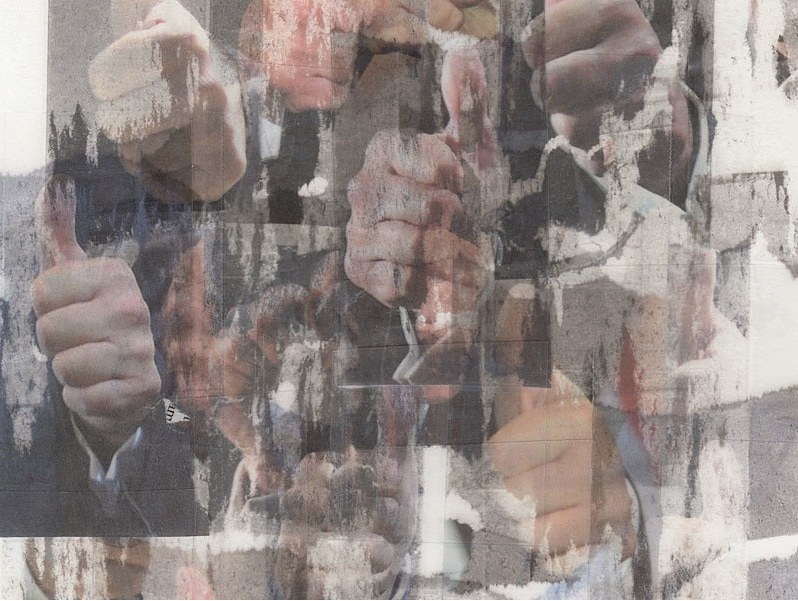
In # WHEN THE RHOMB TRANSFORMS INTO A FIST political gesture is in Wassermann´s focus. Gestures that can determine the future. The showing thumb was already a tool to destroy people in Roman times, today it is used to communicate digital admiration or dislike. The superimposition of the images finds a reflection of reality on the paper. But it can also reflect the overlapping of thoughts in Wittgenstein’s work, the contradictions and withdrawl.
# WHEN THE RHOMB TRANSFORMS INTO A FIST is a piece of the #DailySocialTransfer Series, with Franz Wassermann has started 1.1.2017. With the art project #DailySocialTransfer he is reacting to the abundance of news that reaches us each day from all over the world. For nearly two years now he is buying a newspaper every day to work the most obvious daily news out. He applies adhesive tape to the surface of images and text fragments of interest to him, so as to extract them from their original contexts. Subsequently he has rearranged these fragments on drawing paper, creating a collage. These art pieces are being dated, signed and labelled with a special embossing: the hashtag DailySocialTransfer – as well as a headline of the day selected by the artist as the title. In this way, daily a unique work of art is produced that critically responds to many of the news items published around the globe.
